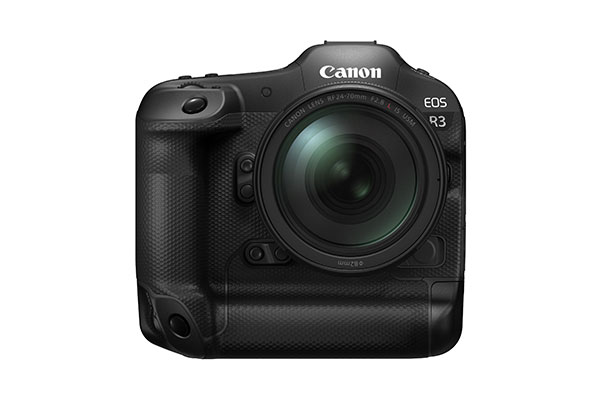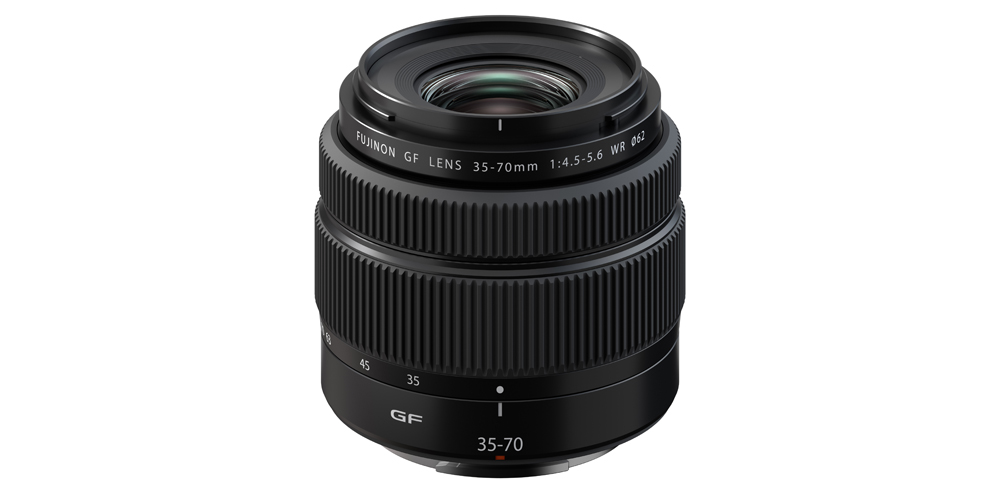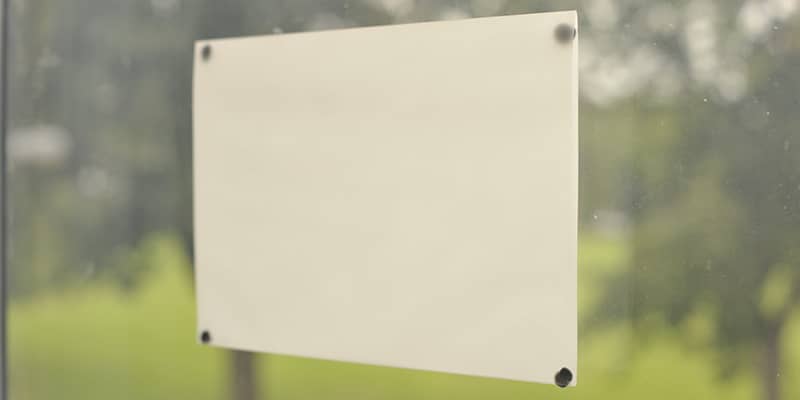Canon has revealed the full specification of the the highly anticipated EOS R3. A high-speed mirrorless camera built for professional photography that lets you photograph sport, wildlife and news at a remarkable 30fps. To keep up with the high shooting rate the EOS R3 has an improved autofocus engine for enhanced low light AF performance and vehicle tracking in addition to eye, face and body detection AF which will be a great benefit for photographers covering motorsports.

The Canon EOS R3 £5879 including VAT. Latest offers are featured on our sales page.
Our sales team are taking orders call us on 0207 582 3294 or email sales@fixationuk.com
Canon EOS R3 features
Canon promise speed, reliability and sensitivity from this new digital camera which will be compatible with all RF lenses.
24 megapixel Stacked, back illuminated (BSI), CMOS sensor
The EOS R3 will be the first camera to contain a newly developed stacked full-frame sensor with faster output speeds, combined with a Canon DIGIC X imaging processor, to enable 30fps continuous shooting while retaining full AF/AE tracking and electronic shutter speeds up to 1/64000th second. Back illumination in the sensor offers greater sensitivity with an ISO range of 100 to 102,400 (extendable to 204,800).
AF improvements
Low light improvements will help the EOS R3 lock on in the most challenging lighting: Sensitive to -7.5 EV
Vehicle AF has been added to the Autofocus algorithm in the EOS R3 to help locking on to and tracking vehicles across the frame. Ideal for the motorsport photographer, especially if face and eye tracking modes could pull the focus to the crowds beyond the track.
The AF subject in the frame can be selected based on the camera detecting your eye movement. Change focus area by simply looking to another part of the frame, or at a new subject then half-press the shutter button to lock on to the new subject. The intellegent tracking mode from Canon recognises people, animals and vehicles.
Built-in vertical grip – compatible with the LP-E19 batteries
Canon have positioned the EOS R3 between the flagship EOS 1DX mark III released in February 2020 and the EOS R5 which launched in July 2020. The EOS R3 will be the first Canon EOS R camera to feature built in vertical and horizontal grips seen in the EOS 1D series, it also takes the same LP-E19 battery making it easier for 1DX mark III users to try the new body and switch across.
The body will be dust and weather sealed using methods developed with each iteration of the EOS 1D series however at 1015g with card and battery, the body is significantly lighter than the DSLR equivalent. We picked up a pre-release body at the BPPA hands on event and there is a noticeable reduction in weight compared to the EOS 1DX mark III.
New Digital Hot Shoe
The hot shoe on the Canon EOS R3 looks a little deeper than we are used to seeing. A new array of contacts have been added to enable digital connections with a new microphone the Canon DM-E1D and a new wireless flash transmitter Canon ST-E10 compatible with the EL-1.
The traditional 6 points of flash contact are still present so the EOS R3 will be compatible with all previous Canon flash, third-party speedlights and triggers.

Canon EOS R3 Availability
First shipments are expected in November, our sales team are taking pre-orders call us on 0207 582 3294 or email sales@fixationuk.com.
Pre-order the Canon EOS R3 £5879 including VAT
















